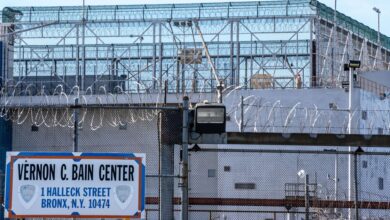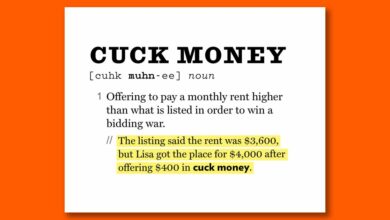Lenape Sites in NYC | RentHop
Before European colonization forever reshaped the land we stand on, NYC and surrounding areas were part of the Lenape Nation. The Dutch ‘purchased’ the land in 1626, although the idea that all land was purchased equitably from the indigenous peoples is extremely controversial. Many scholars, historians and tribes agree that it was less a purchase than a scam.
The name “Manhattan” comes from the word Lenape Manhattan, roughly meaning “hilly island”. Although the Lenape have largely been displaced from their ancestral lands, there is an active and federally recognized tribal government. “While the majority of our tribal citizens are still concentrated in southern New Jersey, many of our people now live throughout North America. Our tribe is a charter nation of the “Lenape Confederacy,” which includes Lenape from our large extended family as far away as Oklahoma, Kansas, Indiana, Texas and Ontario,” read a statement on the Nanticoke Lenni-Lenape Tribe Official Site.
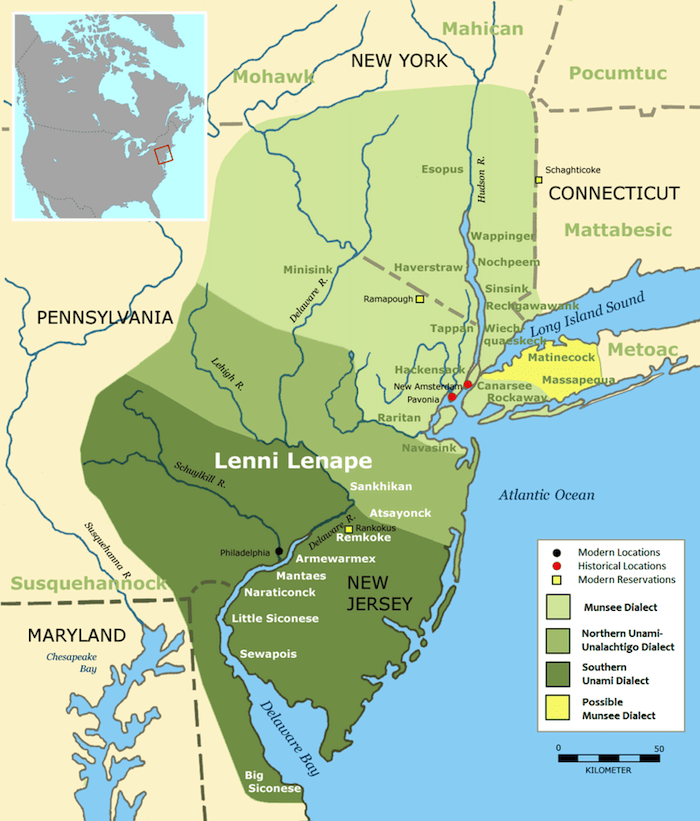
Only recently has NYC begun to officially recognize the original people who lived here – for example, the city welcomed a powwow in 2018the first of its kind since the 1700s. Several notable native sites remain accessible in the city, and it is important for all New York residents to be aware of the historic Lenape land we occupy every day.
Often called the oldest street in the city, The Bowery was a trade route for the Lenape long before the arrival of European settlers. The northern part of The Bowery was dedicated to farming, while the southern part led to Lenape meeting places and storytelling. Known as the Wickquasgeck Trail, it is one of many trails that have been incorporated into NYC’s grid system. While the original trail has been replaced with concrete, The Bowery is still one of the city’s main nerves.
The city’s oldest park, Bowling Green, was the site of Lenape council meetings. The infamous “purchase” of Manhattan by the Dutch is said to have taken place here. This was the site to which the Bowery led, and Broadway is said to have also started here. It was also the site of a massacre in 1643, in which 110 Lenape were killed by settlers. Although the area is not preserved as an official cultural site, it became a public park in the 1730s.
Although the rock itself has no significant purpose, it marks this site as an important cultural land for the Lenape. Located in Inwood Hill Park, the stone commemorates the area where many Lenape lived seasonally when fishing opportunities were more plentiful. Many artifacts were found on view, including tools, pottery and weapons.
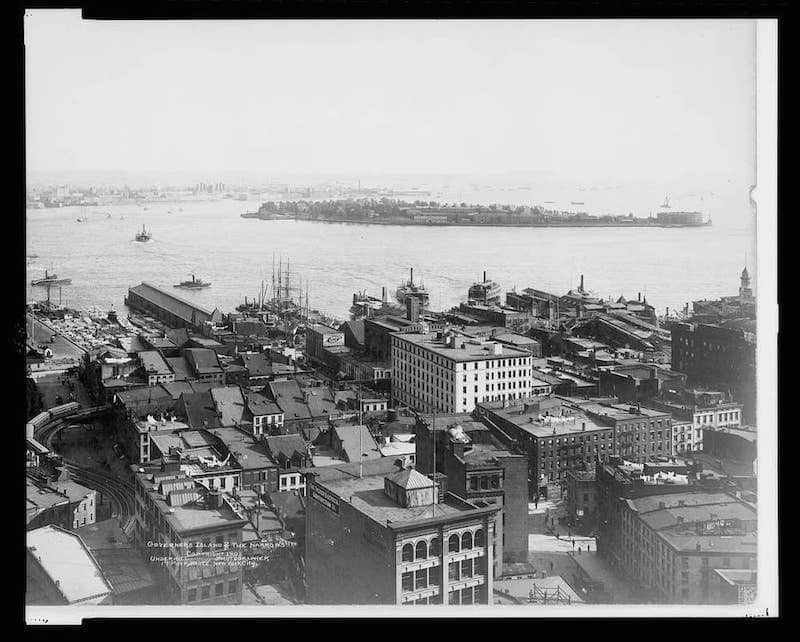
Another seasonal village, Governor’s Island was originally Paggnak and had an abundance of oak, hickory and chestnut trees. In fact, there were so many trees that Paggnak’s name roughly translates to “nut island”. The waters surrounding the island were perfect for fishing several times a year, which is why the island became a Lenape destination. They would stay until the fish left, then travel to other parts of what is now Delaware, New Jersey, Connecticut, Pennsylvania, and the rest of New York. It was an important Lenape site until 1637, when the Dutch confiscated the island.
Minetta Lane was originally called “Manetta” River, which roughly translates to “snake water”. The river was named for a mythological battle against an evil serpent, the outcome of which left the river behind. Before the settlers arrived, the river was a popular fishing spot which fed the swamp where Washington Square Park now stands. The river was destroyed and paved over as the city expanded north. It was one of the largest waterways in the city before it was destroyed. Minetta Lane loosely follows the original path of the river.
Formerly known as Kintecoying, Astor Place has been the site of many Lenape meetings and storytelling locations. It was an important meeting place for three of the largest Lenape groups. The Lenape nation consists of several smaller groups, three of the largest being the Canarsie, Sapohannikan, and Manhattan peoples. many powerful speeches and agreements have been made here regarding the future of the Lenape nation. In 1870, after the Lenape began to be displaced, a Sioux Nation leader, Red Cloud, spoke here of the rights that had been stripped from the native population, advocating for a more equitable future for all displaced nations.
Named after the Canarsie group of Lenape people, Canarsie is a coastal neighborhood in east Brooklyn. The Canarsies call nearly all of Brooklyn and Long Island home, using the coast and abundant wildlife to build a thriving life. The group was largely moved from this area in 1667. At that time, only three known Canarsie families lived in the area with Dutch settlers, who had recently lost the land to the British in 1664.
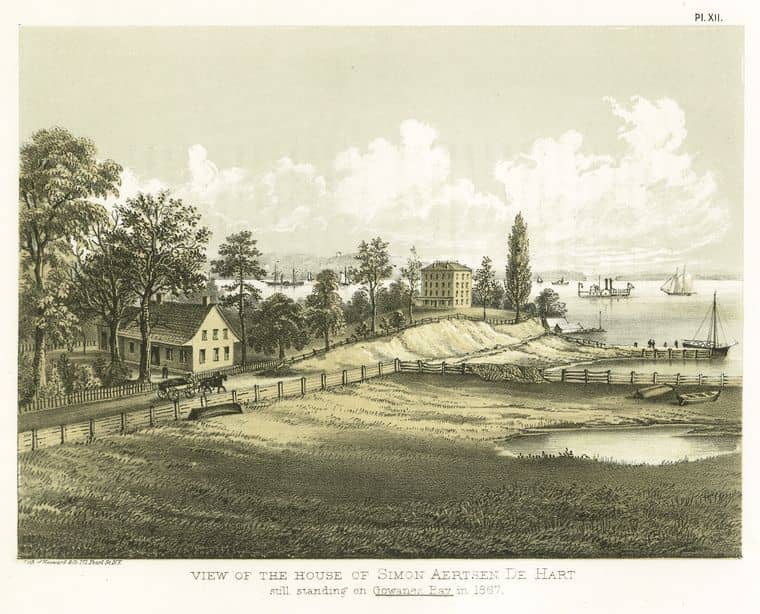
Today an artistic district of Brooklyn, this district bears the name of the chief Gauwane of the Canarsie Lenape. One of the few places that supported a thriving indigenous population long after the settlers arrived, this land was used for fishing and farming by the Lenape. Later indigenous populations of this region were not necessarily of Lenape descent, for example, members of the The Mohawk Nation traveled to this area to work on the Hell’s Gate Bridge and other projects, and lived in Gowanus until the 1960s when gentrification of the area began to intensify and displace residents. It was one of the largest native populations in New York in the 1900s.
Although they have experienced loss of homeland and cultural erasure, the Lenape Nation remains an active tribe in the United States. In 2018, their mother tongue, Munsee, was a critically endangered language with only two living speakers.
The site that would become New York City was an important meeting place for all the different groups that made up the nation. Places in New York were important for fishing, commerce, storytelling, leadership decisions, that is, daily life. While many of these places were completely transformed physically, these sites laid the foundation for the city we know today. Recognizing these sites and the history of Lenape is an important part of living, working, and visiting New York City.

